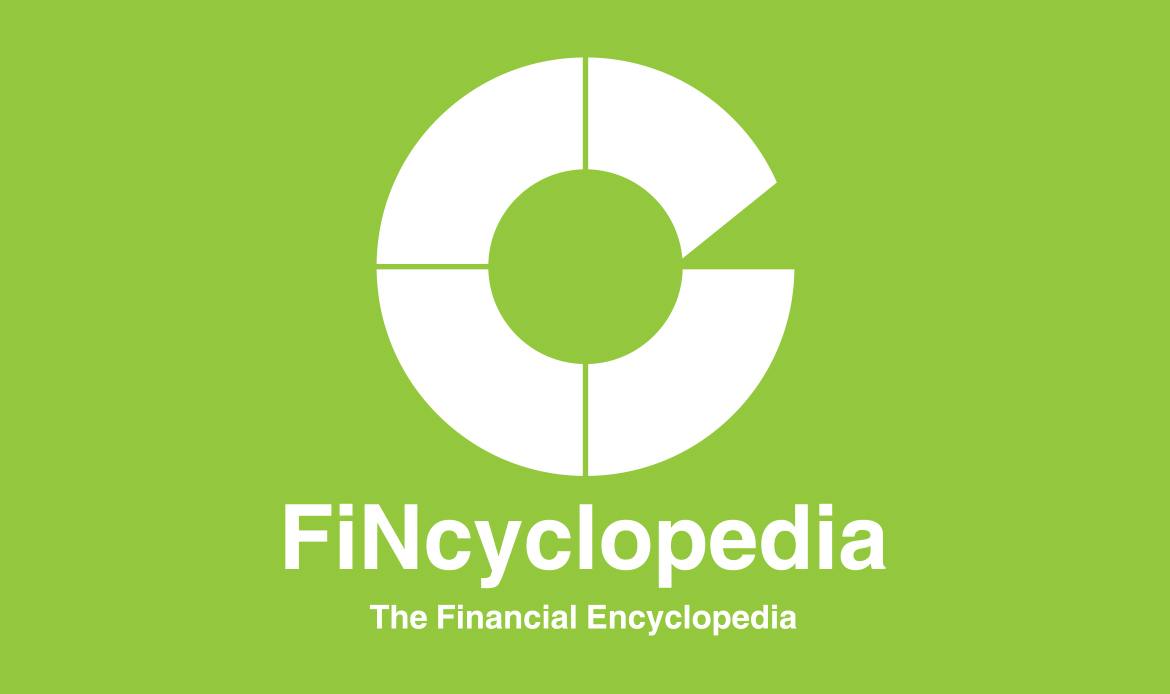The amount of capital that is required for a financial institution to be able to absorb losses over a certain time horizon (usually a financial year) with a specific confidence level. The confidence level is usually determined based on the financial institution’s objectives/priorities/policies such as maintaining a specific credit rating (AA, BB, etc). An AA rating indicates that a corporation has a one-year probability of default of 0.1% or less. This means that the confidence level would be at least 99.9%. Some banks use still higher confidence levels (e.g. 99.97%) . For a bank aiming to maintain a lower credit rating (BBB, BB, etc), the confidence level can be lower (the probability of default for BBB-rated banks is about 0.2% in one year, and the confidence level is thus 99.8%).
The economic capital is used to cover unexpected losses, which reflect the difference between the actual losses and the expected losses. A bank should account for expected losses in pricing its products, so that only unexpected losses require capital. Accordingly, the economic capital is the difference between worst-case losses and expected losses. For example, a bank with AA-credit rating estimates its losses to be 1% of outstanding loans per year on average. If the loss, expected to occur only 0.1% of the time, is estimated as 6% of outstanding loans, then the economic capital required for $100 of receivable loans is therefore $5:
Economic capital required= worst-case loss – expected loss = $6- $1 = $5





